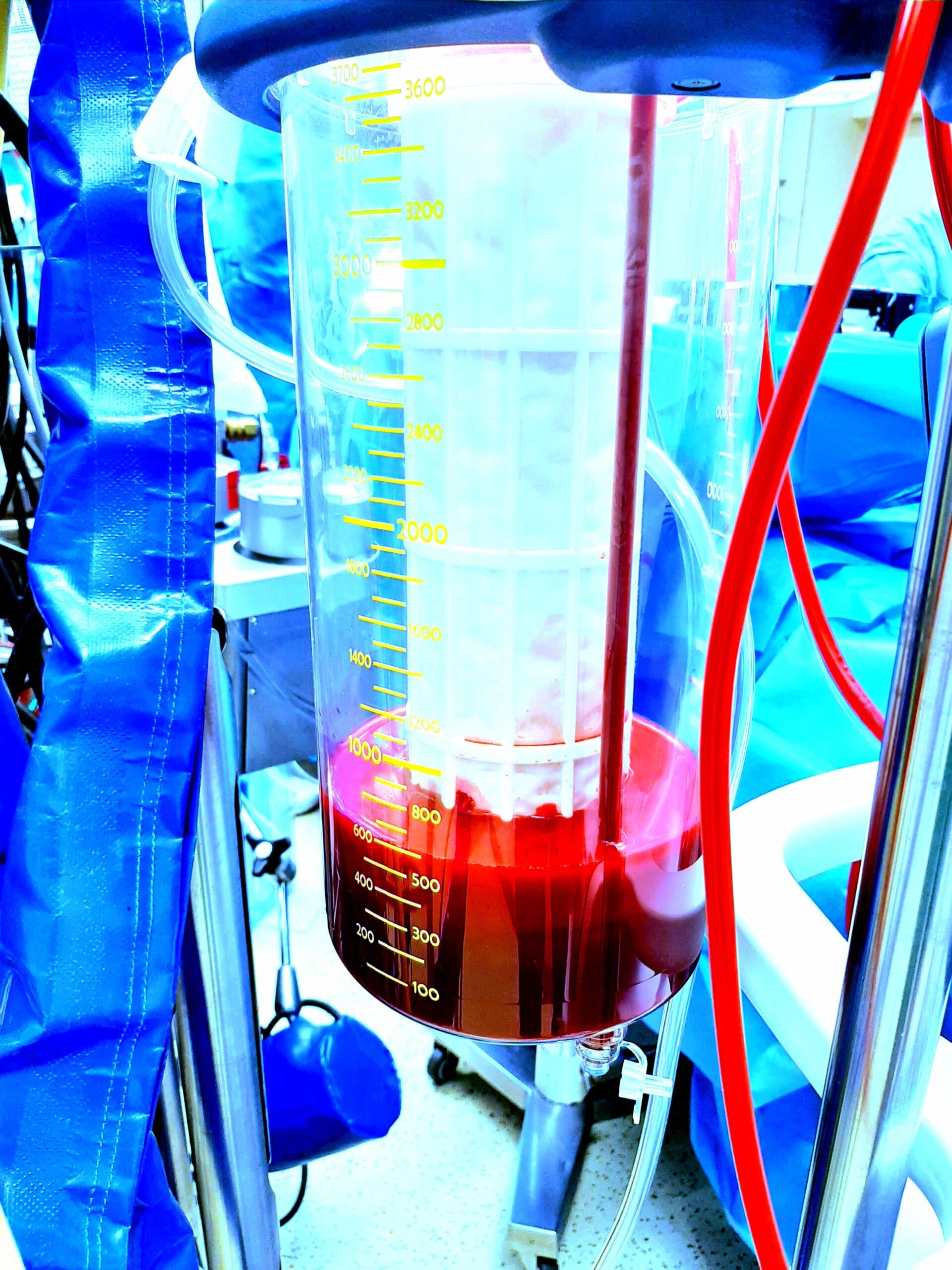We Asked the Experts: Autotransfusion for the Provision of Blood in Lower-and-Middle-Income Countries

Blood safety is a priority for the various providers of blood products and the risk of infectious transmission is a reality, however much reduced in many parts of the world due to modern technology. On top of these challenges are the high rates of retroviral disease and malaria in many parts of the world, where many of the LMICs are located. All of these factors combined with poor fiscal resources and the need to pay for healthcare in LMICs leads to needless death from hemorrhage. For this reason, it is important for LMICs to establish cost-effective, yet efficient solutions to the shortage of blood products. One such solution is the reinfusion of the patient’s own blood recovered during emergency department resuscitation or during surgery. Emergency autotransfusion is nothing novel, having been first described in the 1800′s.
An option is a recently designed mobile waterless chest-drain device, that was originally developed and tested in a small, randomized trial for drainage of hemo- and pneumothorax. This device was subsequently modified after clinical experience and advice to the manufacturer to incorporate a larger fluid chamber, plus an exit port to enable connection of a blood-giving set for autotransfusion. Up to 1200 ml can be delivered by simply changing the device connected to the patient for an empty one and then hanging the full chamber above the patient to infuse the patient’s own blood. The adverse effect risk is low and the patient will not receive any unexpected infection that they did not already possess.
Since this is a safe option with low risk of adverse events it is time for all LMICs to actively work toward ensuring accessibility to such low-cost devices and thus enable more severe-trauma patients to get blood products with the expectation of an increase in survival, given the challenges of bank-blood availability and safety.
